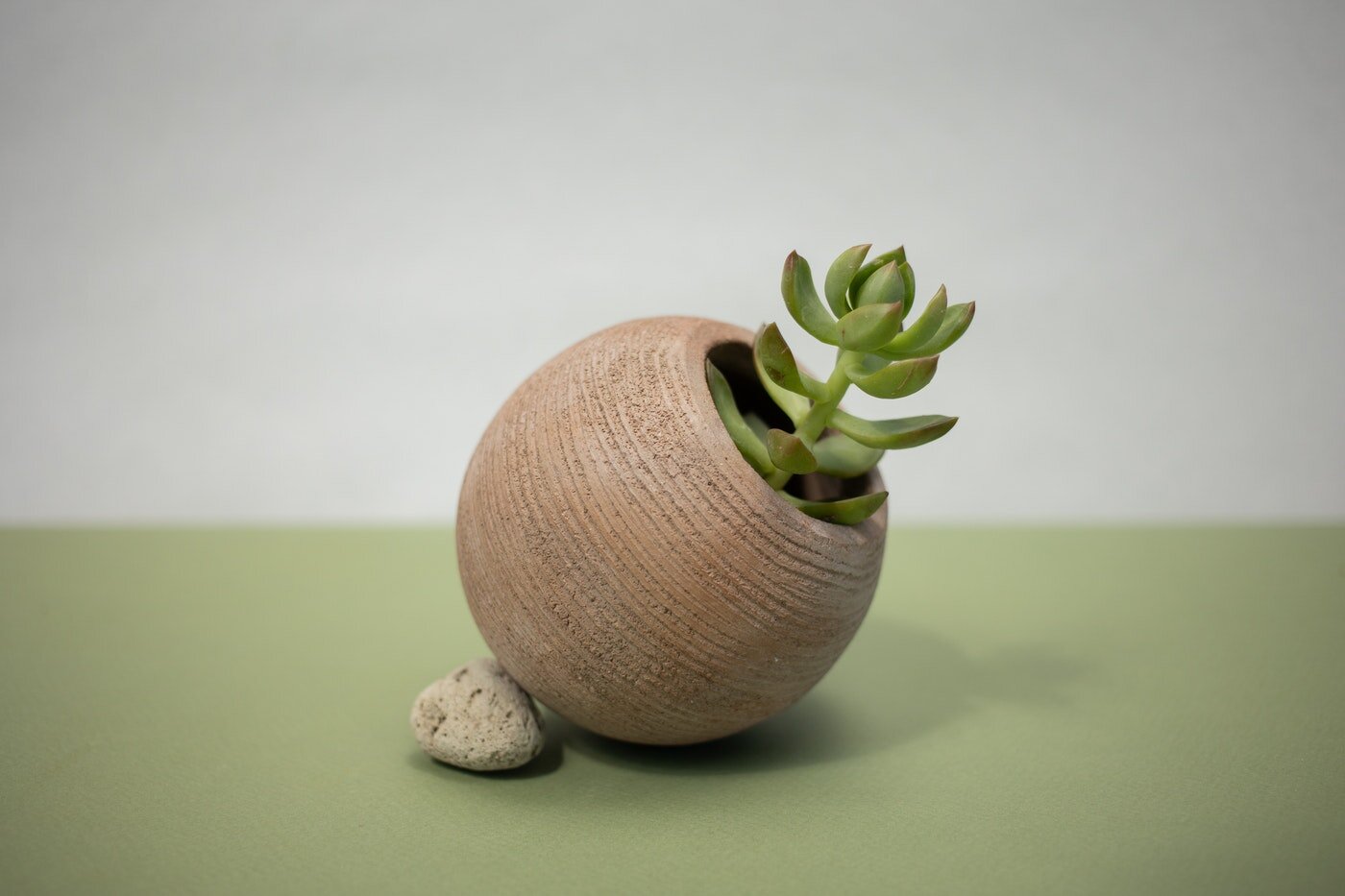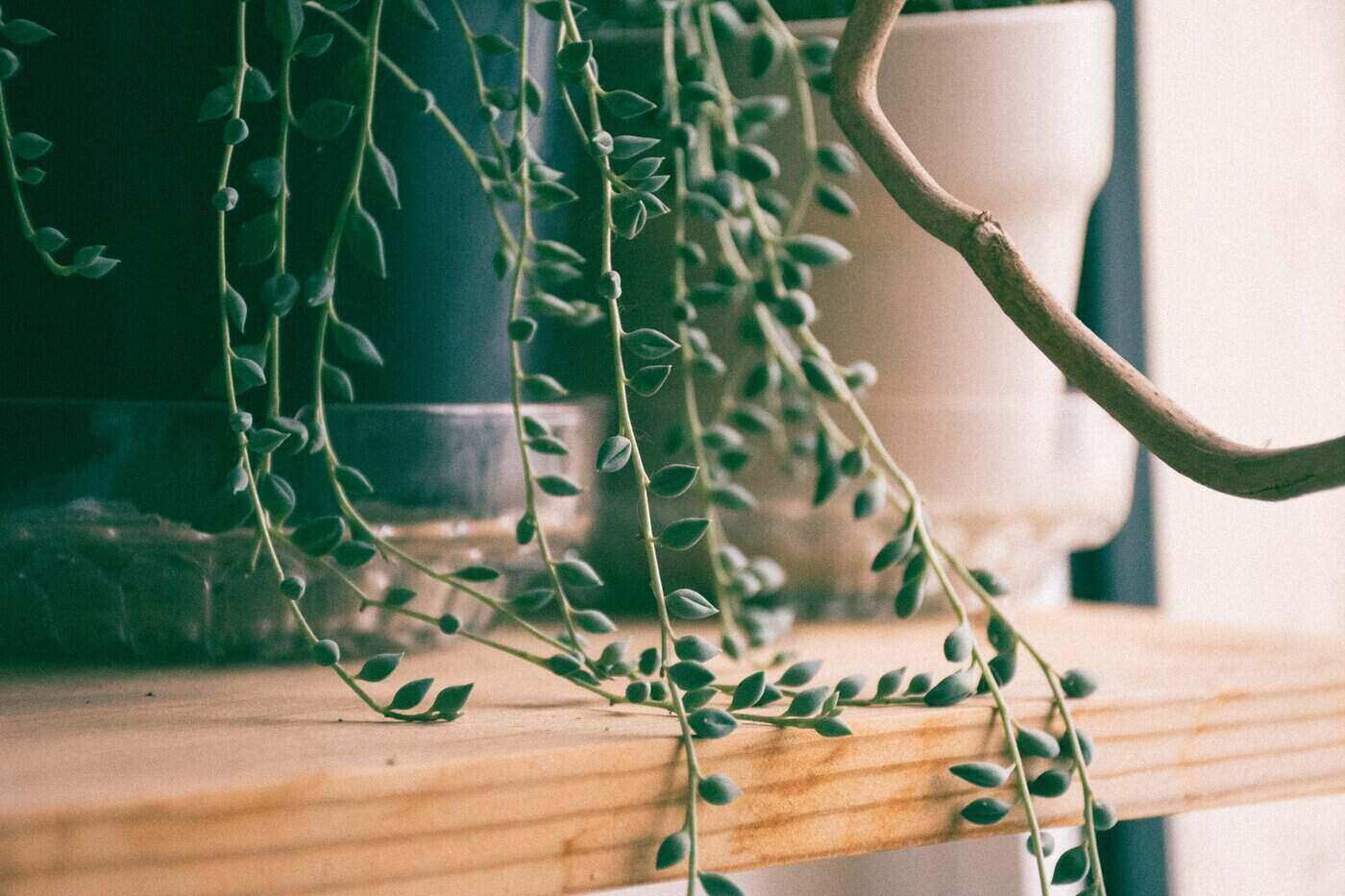A lack of caregiving time, a lack of ideal growing conditions or an abundance of allergies could send any plant-lover wondering whether it wouldn’t be easier to just populate a home with faux greenery and call it a day.
Folks planning a wedding or event might likewise be looking at the price tag of natural flowers and considering whether going artificial might not save money and hassle.
This post will introduce you to the world of artificial plants and flowers. And it will attempt to do so from an unbiased stance, even though I am on team natural. All the way.
What Are They Made Of?
Silk is probably the gold standard when it comes to artificial plants and flowers. Silk flowers have a long and rich history as luxury goods for the upper classes in Asia, and later in Europe.
Cheaper plants are made of materials that include latex, nylon, polyester and polythene, which is a kind of plastic. Buyers should beware here that flowers might be marketed as silk, but actually be made of synthetics.
For people wanting something a little more on the eco-friendly side, there are paper or tissue paper flowers. They won’t be photorealistic, by any stretch, but they do have a whimsical charm about them.
You can also find gorgeous artificial flowers made of carved wood. Again, they’re not often not terribly realistic, but they’re beautiful art objects that will be beautiful in your home or in a wedding bouquet.
What Kinds of Faux Plants Are There, and Do They Even Look Good?
You can find any number of different species of flowers and houseplants in an artificial format. If you want a big statement plant for your home or for an event space, you can go with an artificial philodendron, palm, bamboo, ficus, bird of paradise or even a lemon tree.
For something you can use on a table or shelf, or to fill out a corner somewhere, you can try an artificial anthurium, pothos, echeveria, jade plant or any faux succulents. For artificial hanging plants, try an artificial string of hearts plant, Boston fern or spider plant.
Whether they look good or not depends on how they’re made and how well they’re made. A good guide to use if you can’t see how realistic a flower or plant is up close before you buy is to choose one in the material that most closely resembles the species you’re trying to replicate.
If you want faux peonies, or another flower with large, soft petals, silk is probably the way to go because it can best mimic the texture and form of those flowers. Something like an orchid, with thicker, glossy leaves, could work well in latex because latex can replicate that look.
Pros of Artificial Plants and Flowers
Faux plants require no real maintenance and do not care about the climate or the light conditions of the space they’re in. They won’t die if you knock them over, and you can leave them to go on a trip with no worries at all.
They’re also less risky than plants that are toxic to pets. People with allergies might deeply appreciate having the look of fresh flowers without the pollen.
Beyond the bonus of not wilting and dying, artificial flowers don’t go out of season and might cost less per stem than their fresh counterparts if the flower you want is on the rare side.
If you’re considering faux flowers for a wedding or other event, you might be able to find them used and sell them again when the event is over. You might also be able to rent them. Another bonus here is that if you want to space out your expenses, you can order faux flowers well ahead of time.
Cons of Faux Flowers and Plants
The materials that go into artificial plants are a big strike against them. Most people have plants in their home to give them a sense of connection to the environment and to foster a sense of living energy and wellness. Since plants do, in fact, remove indoor air pollutants, their presence offers more than a placebo effect.
If you opt for an artificial houseplant, you’re not only missing out on the benefits plants have in our homes, but those artificial plants could be doing more harm than good. Plastic plants could release harmful VOCs (volatile organic compounds) into the air, leading to more indoor air pollution rather than reducing it.
Also be aware that you might have to shell out more than you think for something that looks good. If you opt for budget plastic flowers, you’re more likely to end up with flowers that don’t look realistic and that aren’t particularly durable.
Quality artificial flowers, on the other hand, could look very realistic but could easily cost more per stem than fresh.
Mixing the Two
Florists often come across situations where it’s simpler to have a manufactured product at the ready than it is to craft an elaborate arrangement from scratch.
For events, florists will often combine faux and natural materials such that the bulk of an arrangement will be fake, and the natural flowers can serve as the focal points of the piece.
Mixing artificial and real can help keep costs down and allow for larger arrangements that take up more space in a bigger venue. Arrangements that will be seen close-up, like centrepieces, can be made of natural flowers, while artificial plants can serve as background greenery that no one’s likely to notice.
How to Care for Artificial Plants and Flowers
Silk flowers and plants require regular dusting and will occasionally need cleaning with a lightly damp cloth and a gentle cleaner. Always test the cleaner on a hidden area to check if the silk is colourfast.
Deep clean your silk with abrasion rather than water. Place the flowers or plant in a bag with salt or cornmeal and shake the bag.
Synthetic plants also need to be dusted regularly. Clean them with a damp cloth, using vinegar to help cut through any thick build-ups of dust.
Feature image: Ekaterina Bolovstova; Image 1: Spencer Gu

